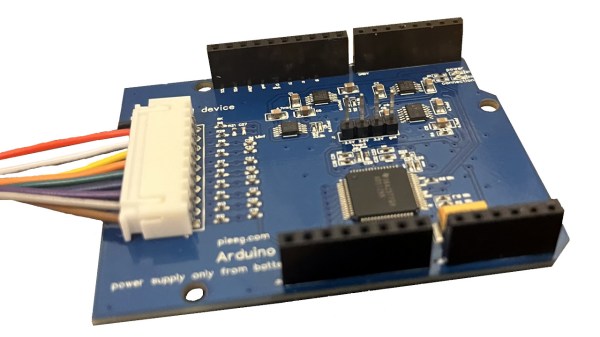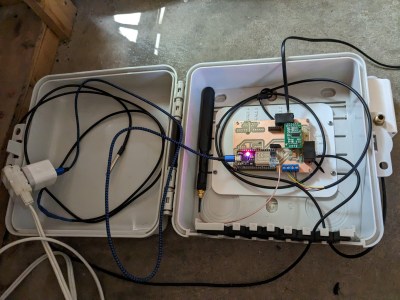This is being written in a tent in a field in Herefordshire, one of the English counties that borders Wales. It’s the site of Electromagnetic Field, this year’s large European hacker camp, and outside my tent the sky is lit by a laser light show to the sound of electronic music. I’m home.
One of the many fun parts of EMF is its swap table. A gazebo to which you can bring your junk, and from which you can take away other people’s junk. It’s an irresistible destination which turns a casual walk into half an hour pawing through the mess in search of treasure, and along the way it provides an interesting insight into technological progress. What is considered junk in 2024?
Something for everyone
As always, the items on offer range from universal treasures of the I-can’t-believe-they-put that-there variety, through this-is-treasure-to-someone-I’m-sure items, to absolute junk. Some things pass around the camp like legends; I wasn’t there when someone dropped off a box of LED panels for example, but I’ve heard the story relayed in hushed tones several times since, and even seen some of the precious haul. A friend snagged a still-current AMD processor and some Noctua server fans as another example, and I’m told that amazingly someone deposited a Playstation 5. But these are the exceptions, in most cases the junk is either very specific to something, or much more mundane. I saw someone snag an audio effects unit that may or may not work, and there are PC expansion cards and outdated memory modules aplenty.
Finally, there is the absolute junk, which some might even call e-waste but I’ll be a little more charitable about. Mains cables, VGA cables, and outdated computer books. Need to learn about some 1990s web technology? We’ve got you covered. Continue reading “A Treasure Trove In An English Field”





















